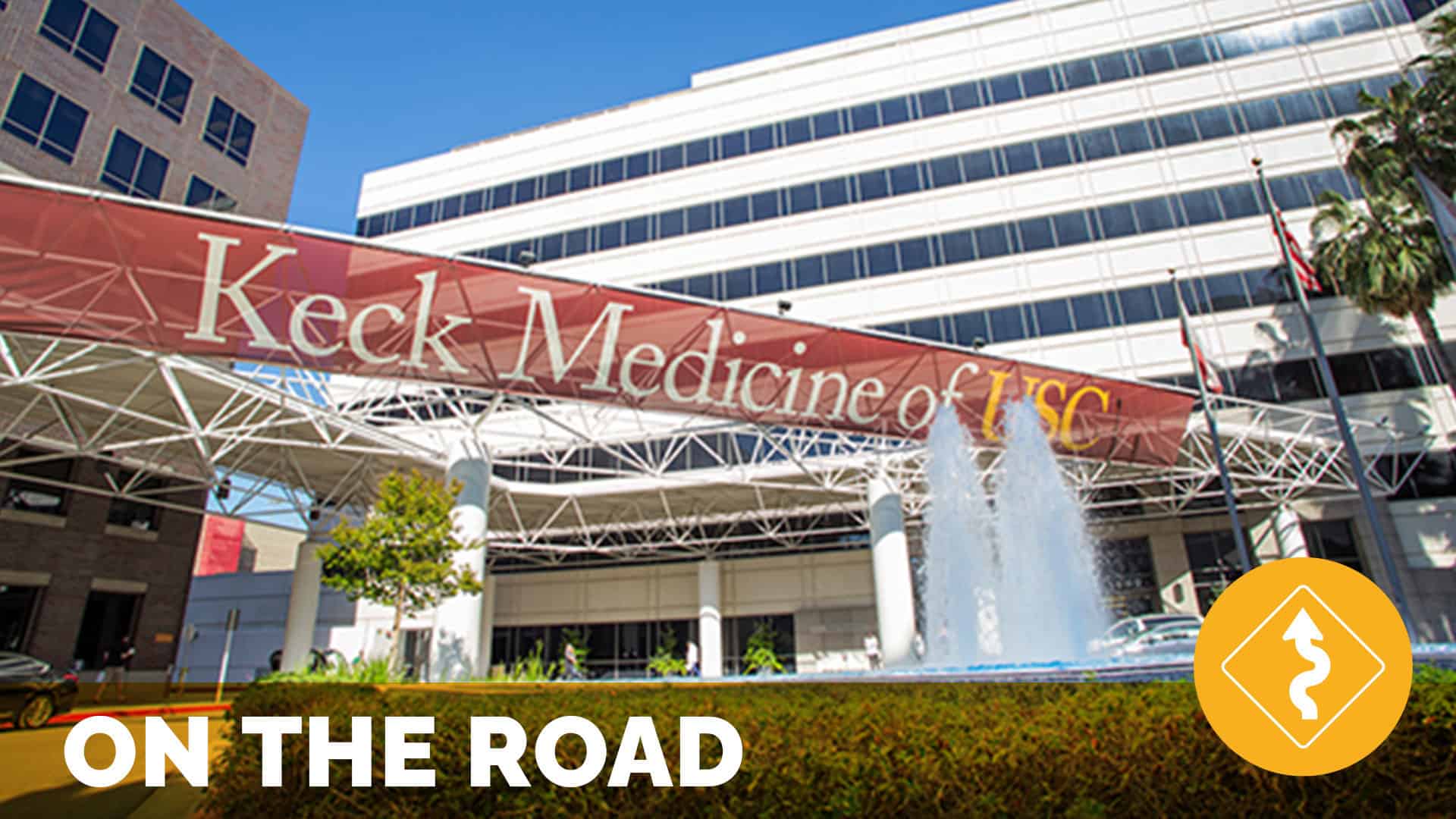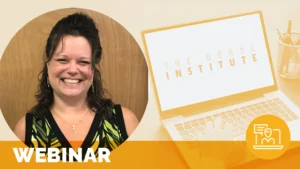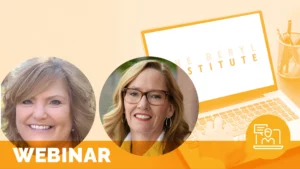Building a Culture of Engagement as the Foundation for Patient Experience

On the Road with Keck Medicine of USC – March 2016
by Stacy Palmer
Our latest On the Road visit took us to Keck Medicine of USC, a thriving academic medical system in the Los Angeles area that, in a short time, has transformed its organizational culture to encompass a committed focus on employee engagement and patient experience.
The system is made up of the Keck School of Medicine of USC and Keck Medical Center of USC, which includes two acute care hospitals: 401-licensed bed Keck Hospital of USC and 60-licensed bed USC Norris Cancer Hospital; and owns USC Verdugo Hills Hospital, a 158-licensed bed community hospital. It also includes more than 40 outpatient facilities, some at affiliated hospitals, in Los Angeles, Orange, Kern, Tulare and Ventura counties.
Char RyanI met my gracious host for the visit, Char Ryan, Patient Experience and Employee Engagement Officer, in the main lobby of Keck hospital, where I was taken aback by the incredible attention to detail in the surroundings from the player piano creating a soothing sound to the fruit-infused water available in the waiting areas. Ryan explained Keck’s focus on a welcoming lobby inspired by Joseph Pine and James Gilmore’s book The Experience Economy that presents the idea of staging experiences to leave memorable impressions in customers’ hearts. Keck’s intention is to address all five senses for visitors, and the next one they’ll introduce is scent. In fact, they plan to infuse a scent (selected through a vote by visitors and staff) into the lobby and main areas of the hospital. It’s all part of creating the best environment for patients and families.
To that same end, Keck has undergone an incredible transformation in the last few years supported by Ryan’s leadership and vision. While the attention to visitor’s senses may initially grab one’s attention, the real focus has been on creating the foundation of an overall culture of engagement. “If we don’t have the culture right, we can’t build anything on it,” said Ryan.
Focus on Culture
Developing a sustainable culture of engagement for an organization with 4,400 employees and 700 physicians is not an easy task and certainly requires support from leadership and a very intentional focus. For Keck, it began with a system wide culture training in 2013 they called ‘Back to the Basics’ that was required for all staff. An introduction to the principles of experience excellence incorporating elements of the Ritz Carlton Leadership Center’s customer service consulting and Bob Farrell’s ‘Give ‘em the Pickle’ videos, the training is also now included with new hire on-boarding for staff and physicians. In addition, once every year the entire organization receives a refresher with staff attending a one-hour session and leadership attending a three-hour workshop.
Participants in Staff TrainingI had the pleasure to attend one of the staff training sessions led by Roslyn Clark, Director of Keck Service Culture Development. The class was focused on empathy and compassion and included approximately 50 Keck team members ranging in responsibility from nurses to dietary and maintenance staff. Reinforcing the importance of positive communication and anticipating patient needs, the class started with a video of a mock ‘poor’ patient experience and encouraged dialogue on what could have happened to make the experience better. Class members reflected on the video, participated in several exercises and even split into groups to tackle specific scenarios on employee engagement and patient experience.
The level of participation and engagement in the class was impressive; especially knowing many had just finished or were about to begin long shifts. Even so, they appeared interested in the content and eager to discuss ways to improve experience and engagement.
Also supporting Keck’s culture strategy is its commitment to hiring for fit. They’ve enlisted the help of Talent Plus in their recruitment and screening processes, a resource Ryan says “has been amazing and has resulted in a huge difference in the quality of hires.”
Staff members wanting to contribute further to the organizational culture can apply to be a Keck Service Culture Ambassador and help lead culture efforts in their individual department or unit. Ryan acknowledges that the behind the scenes opportunities are huge, and the ambassadors play a significant role in keeping the momentum going. I had the opportunity to tour the orthopedic unit that has gone above and beyond to create a culture amongst its team. They’ve implemented such things as a board with magnetic buttons with staff photos used to let patients and families know who is “at their service” at any time.
The empowerment of team members to personalize the culture and overall experience truly seems to impact the overall ownership and energy throughout the organization.
Recognition and Rewards
Keck’s Mission is to acknowledge and reward colleagues as their most valuable asset as they believe colleagues who feel appreciated are more engaged and make the greatest contributions to the organization. “Our recognition programs reinforce the culture,” said Ryan. “Introducing these reward programs was one of the best things we’ve done – it’s so important.” She points out that many of the recognition and rewards components are no cost or low cost, but they all contribute to the overall morale of the organization.
Through Keck’s employee of the month program, nominees are recognized through an announcement in their work area and breakfast with the CEO and Leadership team. They expand the impact with a pizza party for the winning team member’s unit/department and a designated parking space for the individual. A Years of Service Recognition Program was also introduced with a recognition breakfast held each year during hospital week for those celebrating 5, 10, 15, 20, 25, 30, 35 and 40 years with the organization.
Arguably one of the most popular rewards, the ‘Trojan Bucks’ program provides peer-to-peer on the spot awards playing off the ‘Give ‘em the pickle’ philosophy. And some of the most valued recognition comes directly from patients and family members through the hospital’s interactive technology system. When a staff member is recognized an alert goes directly to the patient experience office and they deliver a thank you card and $5 gift card as an immediate reward.
Keck has found multiple ways to measure the success of its recognition programs beyond patient satisfaction surveys. In addition to monitoring the impact on employee turnover rates, they conduct employee engagement surveys and track participation rates through the employee of the month nominations and Trojan Bucks awarded. Through their Press Ganey HCAHPS FY15 they found a significant correlation between a unit’s participation in the Trojan Bucks program and overall employee engagement ranking with its CMS Star Rating.
Defining Patient Experience
Keck also began the culture journey with something we regularly reinforce the importance of at The Beryl Institute, creating its definition for patient experience. For their organization, the expectation is to:
Create a beyond exceptional experience across the continuum of care, whereby; our patients, our families and our colleagues feel KNOWN as part of our Trojan Family.
KNOWN is something I saw throughout my visit as there were reminders of the concept in the hallways, on white boards and in various public and private areas throughout the facility. Ryan explained the KNOWN acronym as key service standards for the organization:
Kind Greeting
Notice Needs
Own It
Wow Them
Next Steps
Staff are encouraged to take KNOWN a step further and personalize it for their departments. In fact, Ryan shared an example as she acknowledged the importance of expanding the Keck culture throughout the organization, including non-clinical sites. She was amazed at the reception in their Central Business Office (CBO) where team members have taken great initiative to integrate the culture. In addition to joining in on the “pickle” fun, the CBO took pride in personalizing the KNOWN concept for their environment.
Results were undeniable. The CBO implemented Keck Culture in February 2015 and for the six month period following, productivity increased from 15% to 94%, charge lag decreased from 43 to 19.6 days and denial rate decreased from 12.4% to 7.4%.
The Patient Experience Department faced an interesting challenge when USC acquired Verdugo Hills and needed to transfer the engaged culture into a 65-year-old community hospital that had not previously focused on this type of organizational culture. The approach was simply to involve staff from the beginning through focus groups and the ‘Back to the Basics’ training and the response was so positive that volunteers are now running the Verdugo Hills patient experience department with support from Ryan and her team. “We listen to the frontline and let them run with it,” she said.
The Power of Communication
Another critical component of Keck’s culture transformation was the implementation of a consistent communications program. A Daily Huddle sheet is provided to all departments with discussion points including a reinforcement of the organization’s standards, prompts for department priorities and updates, calendar reminders and other important information.
Leadership huddles, monthly town halls and newsletters also contribute to consistent and regular messaging and sharing of key information.
During my visit I was invited to tag along on the leadership team’s weekly KNOWN Rounds and was interested to learn the rounds are intended to facilitate communication with staff just as much as they are intended to provide face to face time with patients and family members. In fact, my group spent equal time with each and made a point to ask staff about the priorities and needs for their department. The team members were excited to share their progress and also to have a listening ear to address any specific needs they had to help them better care for patients.
Patient and Family Involvement
Leadership at Keck has also made it a priority to engage and listen to patients and family members through the development of several advisory councils. Patients and families are invited to serve on these committees to ensure their point of views, perspectives and experiences are heard and integrated into the quality and service improvements. Some past accomplishments of the committees include assisting in the development of a discharge care transition folder, helping to set customer service standards and improve clarity of patient billing statements and providing feedback and insights for way-finding signage throughout the campus.
Kaitlin Alderete, Manager Patient Experience at USC Norris Cancer Hospital, shared her experiences with Norris’ Cancer Survivorship Advisory Council (CSAC), a very active patient and family advisory council of 10 members committed to making the experience better for other cancer patients. Currently, members of the Council serve on the Cancer Center’s Patient Education Committee, the Pain Management and Palliative Care Committee, the Clinical Investigations Committee and the Quality Assurance Committee among others. Council members also have the opportunity to share their perspectives with students at the Keck School of Medicine and meet with newly diagnosed patients.
The CSAC is currently working on a video orientation program to help cancer patients better prepare for their care experiences, from simply what to expect on appointments such as where to check-in, what to do, etc. to what to expect during chemotherapy treatments.
Services for Patients and Families and for Staff
In a short time, the Patient Experience/Employee Engagement department at Keck has become known as the go to source for exceeding expectations. For staff, in addition to the recognition programs, that’s through the addition of amenities such as dry cleaning and car wash services available while at work. Ryan and her team, in collaboration with Social Work, Nursing, Risk Management and the Center for Work and Family Life, have also implemented a Code Lavender holistic care rapid response program to assist staff dealing with a difficult case, diagnoses, loss or even a personal matter.
For patients and families, it’s through the implementation and management of a variety of services such as pet therapy, salon services, an entertainment library, sleeping kits and special programs including:
Welcome Rounds – These non-clinical rounds are performed by the Patient and Family Experience department within 24 hours of admission. They assist in building relationships to foster communication with care teams, anticipate guest needs and identify and proactively resolve concerns.
Compassion Carts – Available for families experiencing grief during the end stages or recent passing of their loved one, each cart is equipped with facial tissues, snacks, beverages and additional items for comfort.
Living History Program – A tool offered through The Beryl Institute, Living History is a process for engaging patients to gather and share basic life information. It enables healthcare workers to provide care to the heart and soul of the patient, positively impacting the way team members care about and for patients.
N.O.W. (Notice it, Own it, Wow them) Service Recovery Boxes – Each box is equipped with parking validations and gift cards that staff are empowered to give to patients and families to provide immediate service recovery as needed.
A Successful Combination
I was amazed and inspired by the tremendous progress this organization has made in such a short time and look forward to seeing how their efforts continue to impact patients, families and staff members. Early indicators show their combined focus on both employee engagement and patient experience is a formula for success. As Ryan has observed, “An unexpected delight when employee engagement aligns with the patient experience is grateful patients.”
Related content
-
 Culture & Leadership | Staff & Provider Engagement
Culture & Leadership | Staff & Provider EngagementA Toolbox for Work-Life Balance
Do you ever feel like you live at work? Do you have a difficult time getting in enough “ME Time” to balance work and life? In this webinar, we will consider some of our roadblocks that get in our way and identify techniques to support living a more balanced, fulfilled life. Utilizing the Fish! Philosophy
Learn more -
 Culture & Leadership | Environment & Hospitality | Staff & Provider Engagement
Culture & Leadership | Environment & Hospitality | Staff & Provider EngagementUnexpected Healers Create Moments that Matter for Patients and Families
As healthcare healers, we touch many lives. Many of our patients and their families are thankful for this and reach out to share gratitude in many ways. They send notes, fill out focused recognition cards, respond to mailed surveys or utilize our Sutter Health new online feedback form. Often in healthcare we think of our
Learn more -
 Culture & Leadership
Culture & LeadershipLeading Patient Experience through Monthly Plans: Connecting Engagement to Outcomes
Leadership in healthcare is challenging, particularly when it comes to seamlessly integrating patient experience into daily operations. To address this, OSF developed a step-by-step approach that enabled leaders to naturally incorporate patient experience best practices into their work. Monthly plans spelled out everything leaders needed to know to be successful, from purpose and role definitions
Learn more
